Settlers Sunnyside Homestead Became The Dry, Colorado
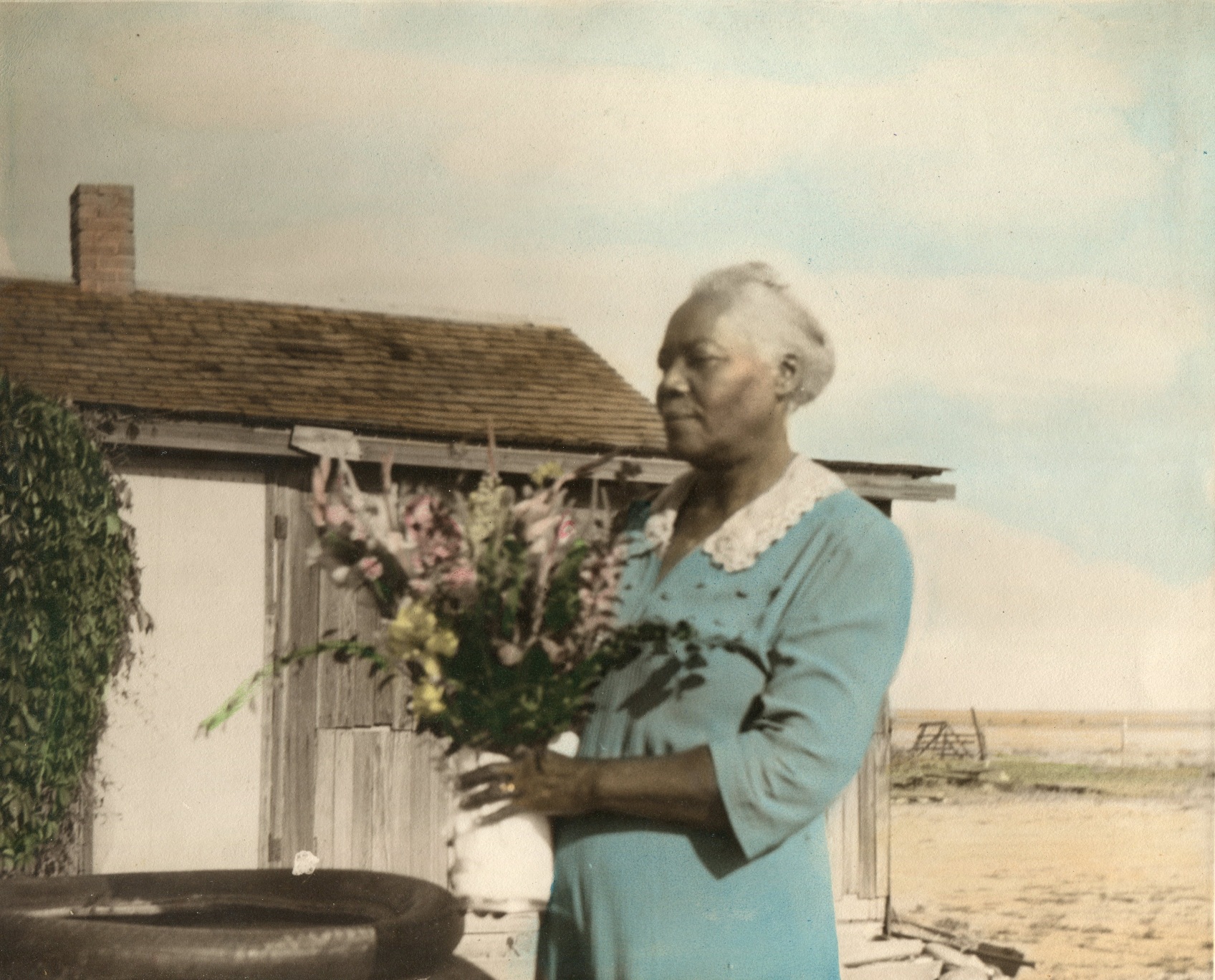
Description: Lucy Craig, an early homesteader of The Dry was also one of the last residents of this Southeast Colorado settlement near Manzanola.

The Dry, Colorado - A Black Homestead on The Southeast Plains
By: Kellen Cutsforth
The Dry was officially established around 1912 and is located on Colorado’s southeastern plains eight miles south of Manzanola. The homestead consisted mostly of African Americans who moved from other black settlements in the West. They resettled because of poor farming conditions and the railroad bypassing their towns. These people ventured to The Dry for land they could own and for new opportunities.
George Swink, in the late 1890s, encouraged two black sisters who worked for him, Lenora and Josephine Rucker, to find other potential emigrants to homestead The Dry. Lenora and Josephine traveled to Kansas, Missouri, Oklahoma and Texas encouraging many black families to venture to Colorado. One of the families to take the Rucker sisters up on their offer was the Craig family, who earlier resided at the black settlement of Nicodemus, Kansas.
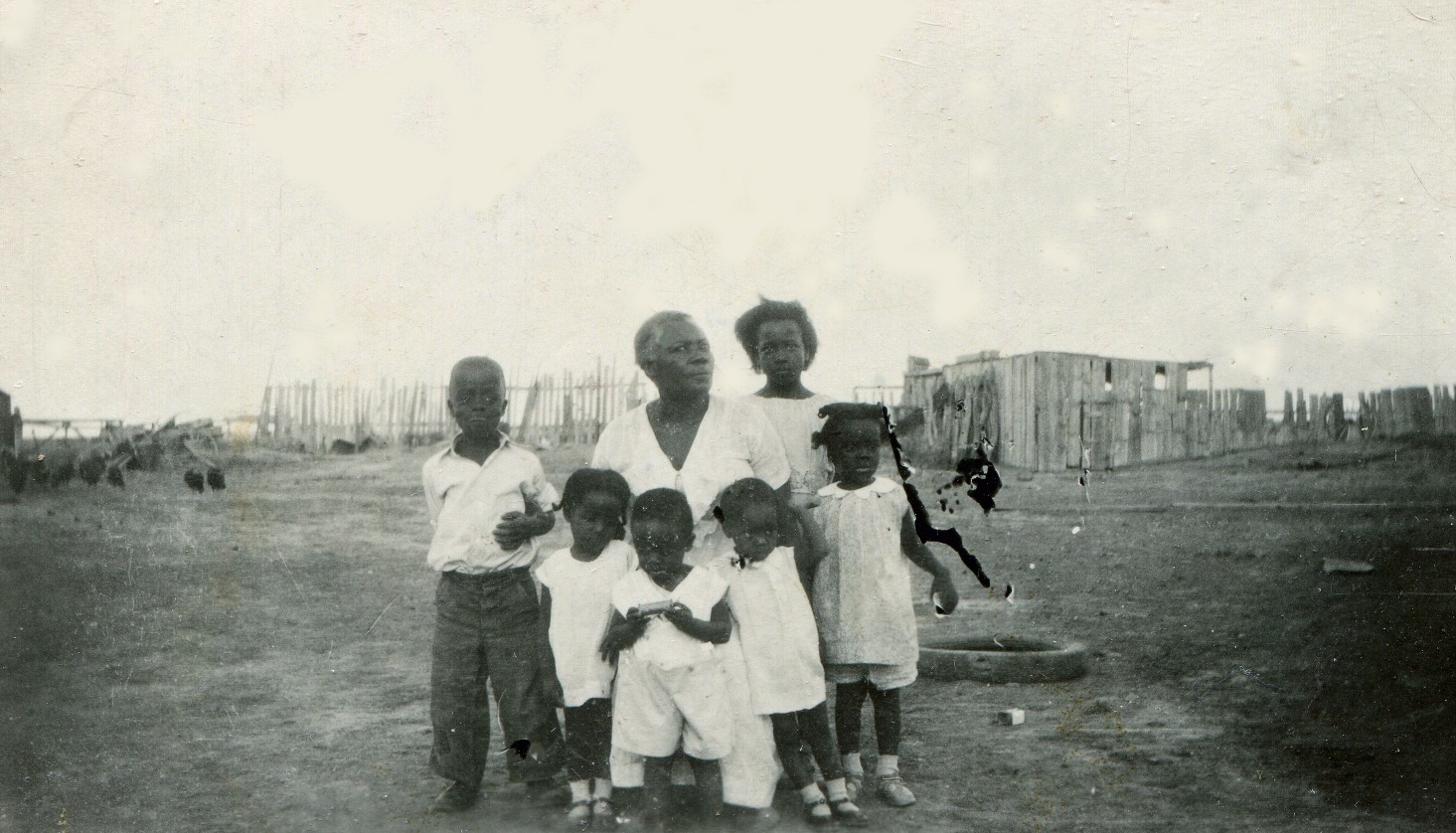 The Craig family would remain on The Dry longer than any of the other settlers.
The Craig family would remain on The Dry longer than any of the other settlers.
The settlement was named The Dry because of the arid environment and lack of readily available water sources. It is believed the earliest settlers wanted to name the settlement Sunnyside, once they established it as a township.
At its height The Dry had about 100 inhabitants from 45-50 families living on the land, which was primarily an agricultural community. Archeological research on portions of The Dry suggests that the homesteaders first lived in claim shanties but eventually built homes and the Prairie Valley School that held the first eight grades and operated until 1933. The school eventually doubled as a community center and a church. The inhabitants constructed a dirt fill dam on the nearby Apishapa River and were able to irrigate the land and began growing fields of wheat.
However, in 1923, a severe flood destroyed the dirt-fill dam and irrigation system. Following the Dust Bowl and the Great Depression of the 1930s, many of the remaining homesteaders abandoned the settlement. Lulu Craig, in 1972 died at age 104 while living on The Dry. She was one of the last residents living on the land.
In 2010, archeologists began working in the area. Unfortunately the elements and vandals had taken their toll on the old community, but archeologists were able to unearth and preserve some of the physical history before the excavation ended in 2012. Archaeologists were able to create a survey and mapping of 10 homesteads with excavation of one site at The Dry. 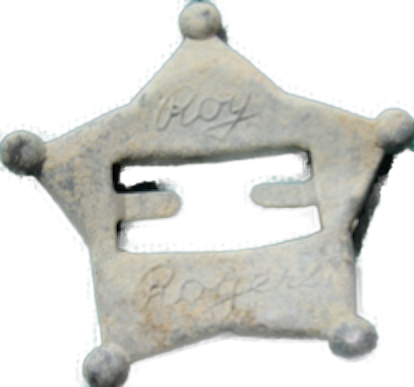 This Roy Rogers badge is an artifact discovered by archeologists while excavating a homestead at The Dry.
This Roy Rogers badge is an artifact discovered by archeologists while excavating a homestead at The Dry.
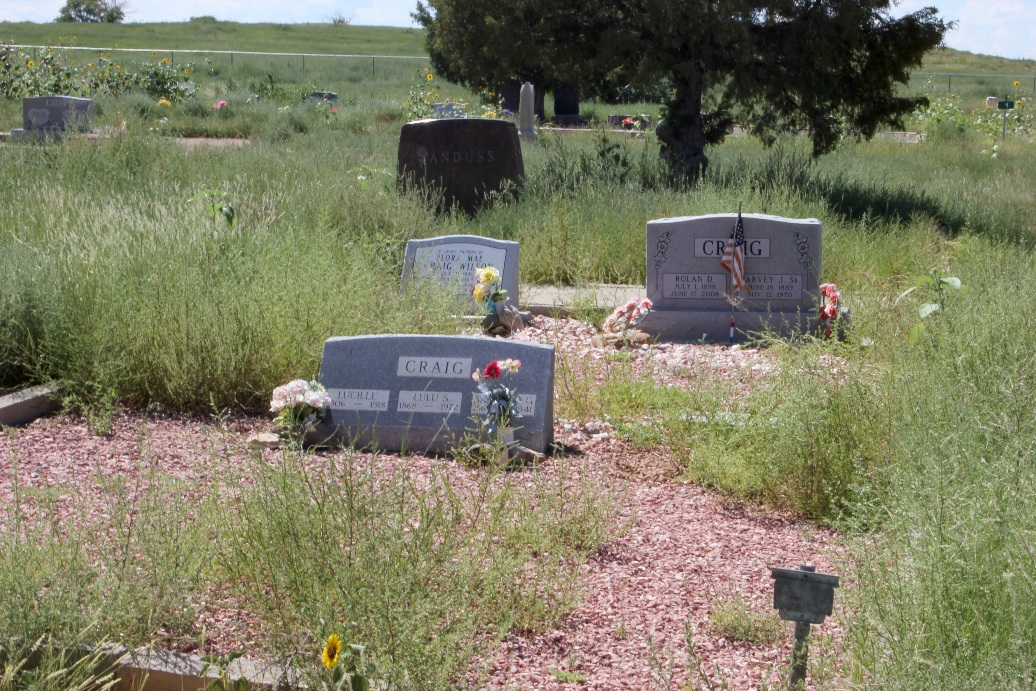
The site yielded a large number of artifacts related to domestic life, which opened a window into the daily lives of those in the black homesteading community.
Related Articles:
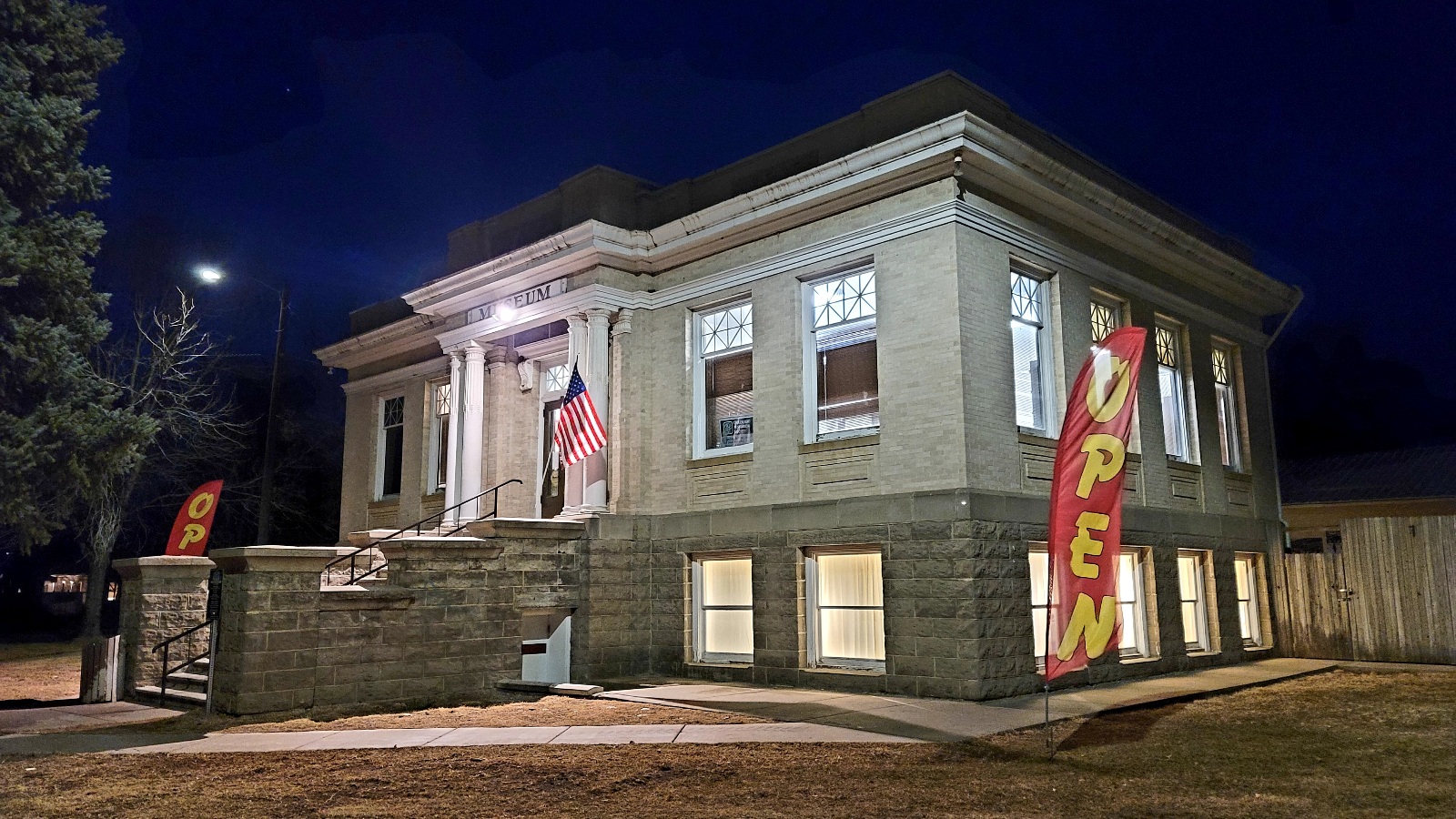 Rocky Ford Museum Features The Dry for Black History Month
Rocky Ford Museum Features The Dry for Black History Month
Follow SECO News on Facebook.
Subscribe to the SECO News YouTube Channel.

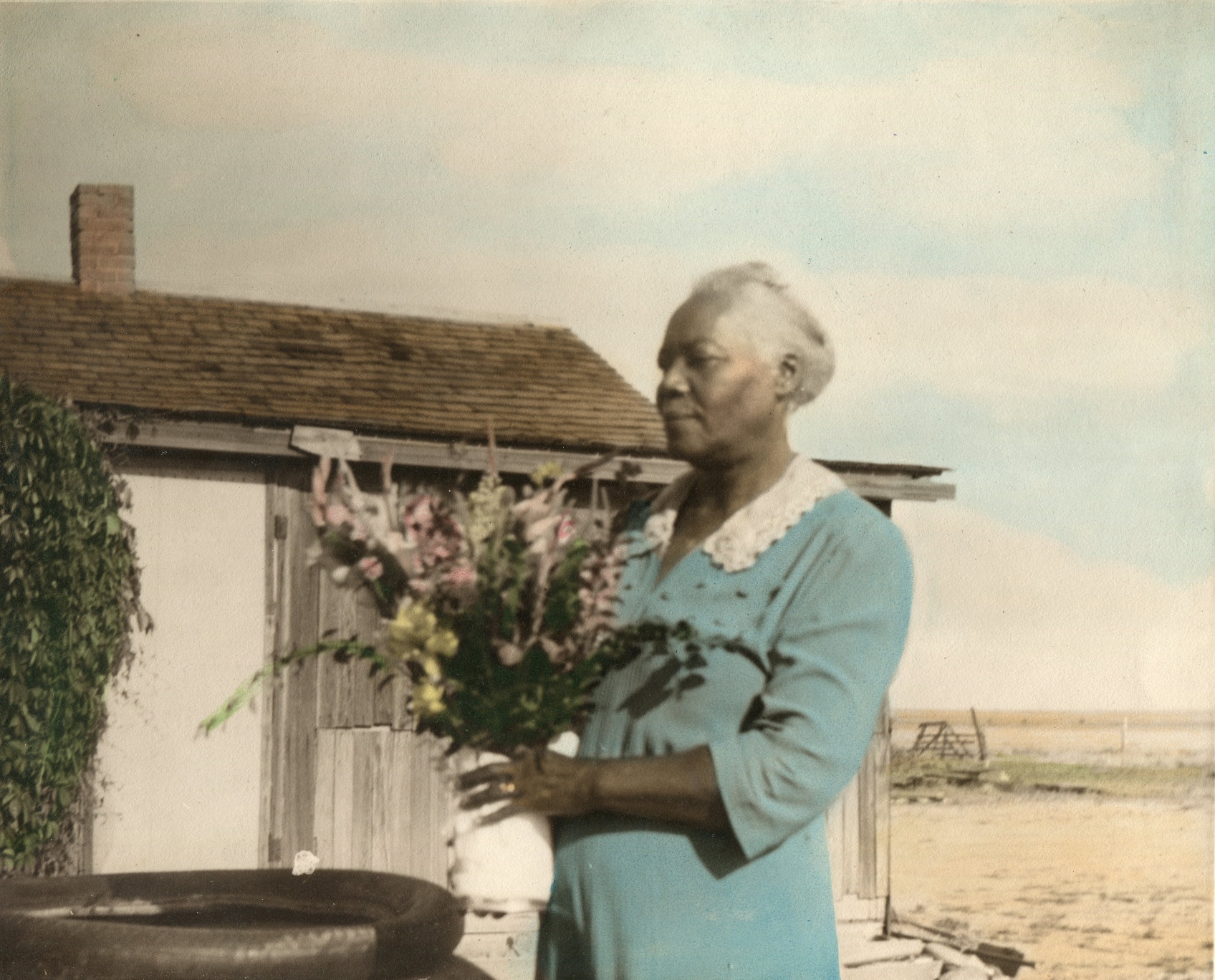





.png)






.png)
.png)


.png)







